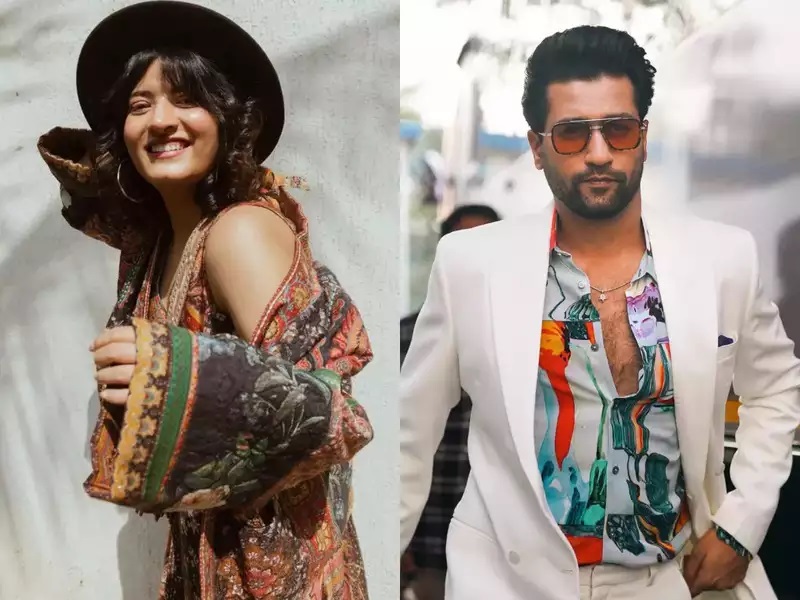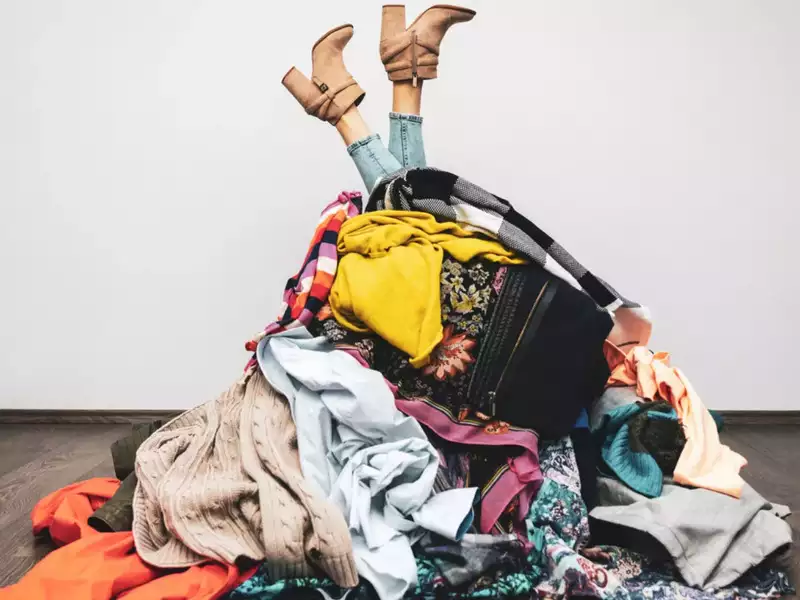Secondhand clothing and accessories have become increasingly popular in recent years, not only for their affordability but also for their sustainability. Not only can you find unique and one-of-a-kind pieces, but you can also reduce your carbon footprint by giving pre-loved items a new home. Here are some tips on how to score the best deals on secondhand clothing and accessories.
Do Your Research Before you start shopping, do some research on local thrift stores, vintage shops, and online secondhand marketplaces. Look for reviews, ask for recommendations from friends, and check out the inventory to see if they have items that match your personal style.
Shop on Sale Days Many thrift stores and vintage shops have sale days where they offer discounts on their already affordable prices. Keep an eye out for these sale days, and plan your shopping accordingly. Additionally, some online secondhand marketplaces have periodic sales or promotions, so make sure to check for those as well.
Shop Out of Season Shopping for seasonal items out of season can save you a lot of money. For example, shop for winter coats in the summer or swimsuits in the winter. Many secondhand stores will have off-season items on sale, so take advantage of this and stock up for the next season.
Look for Quality Items When shopping for secondhand clothing and accessories, it’s important to look for quality items that will last. Check for any signs of wear and tear, holes, or stains. Make sure to try on clothing items to ensure that they fit well and are comfortable. If you’re shopping online, make sure to read the item description and look at the photos carefully to avoid any surprises.

Consider Alterations Sometimes, you may find a piece that you absolutely love but it doesn’t quite fit perfectly. Don’t be afraid to invest in alterations to make the item fit you like a glove. Alterations can often be done for a reasonable price and can make a huge difference in the overall look and feel of the piece.
Negotiate Prices When shopping at thrift stores or vintage shops, it’s often possible to negotiate prices, especially if you’re buying multiple items. Be polite and respectful when asking for a discount, and don’t be afraid to walk away if the price isn’t right.
In conclusion, shopping for secondhand clothing and accessories can be a fun and sustainable way to add unique pieces to your wardrobe without breaking the bank. By doing your research, shopping on sale days, looking for quality items, considering alterations, and negotiating prices, you can score the best deals on secondhand items and feel good about reducing your environmental imp






